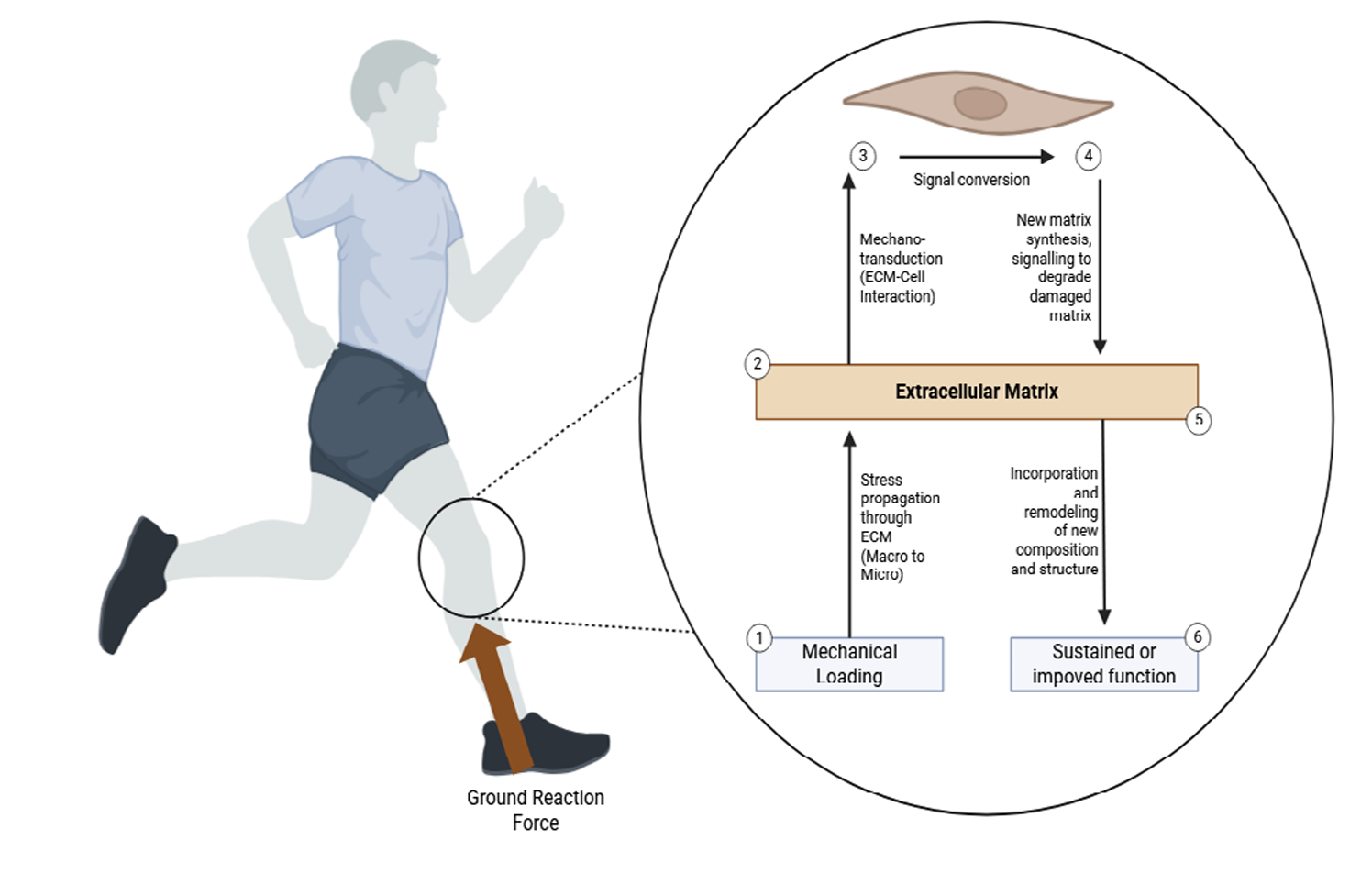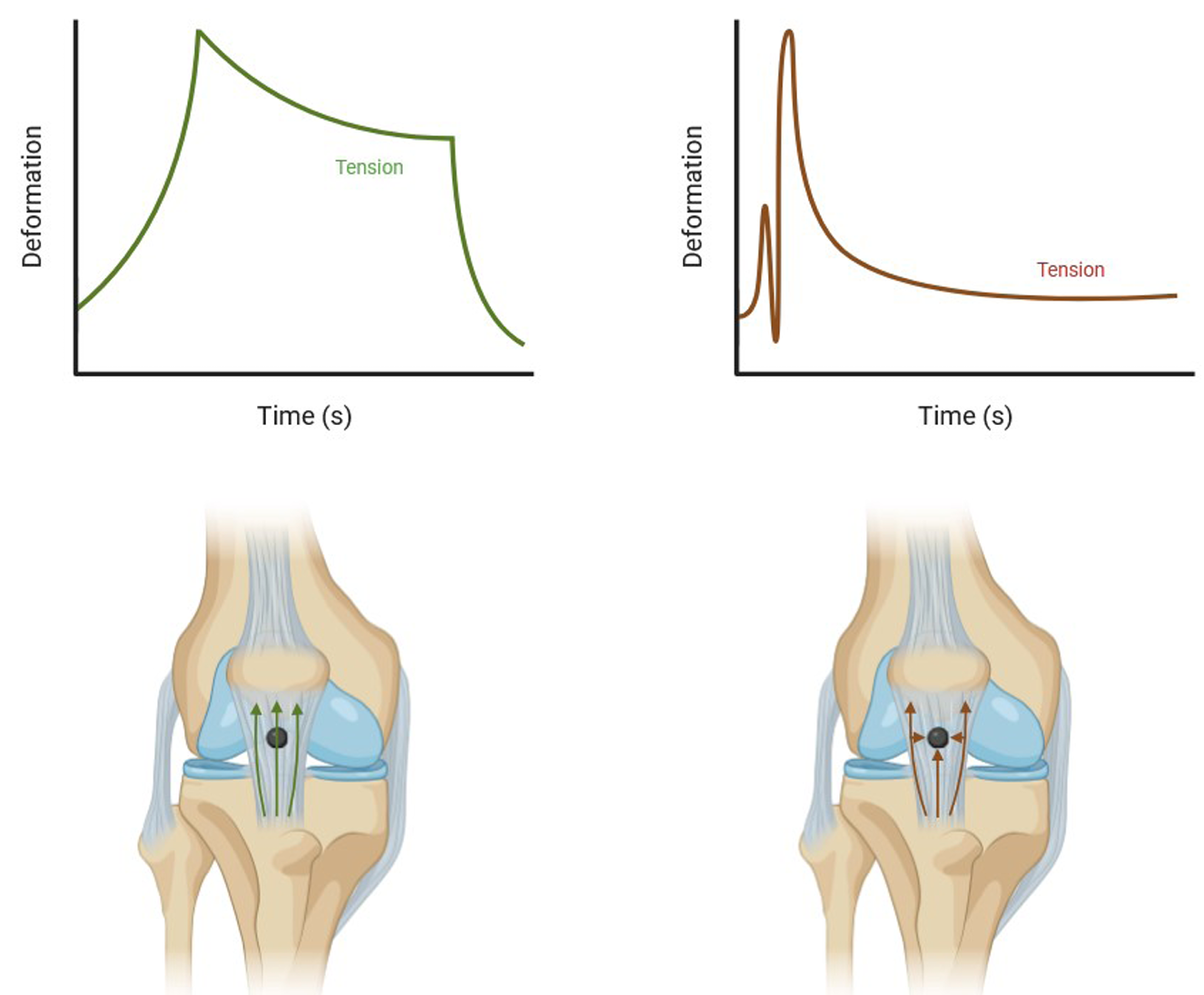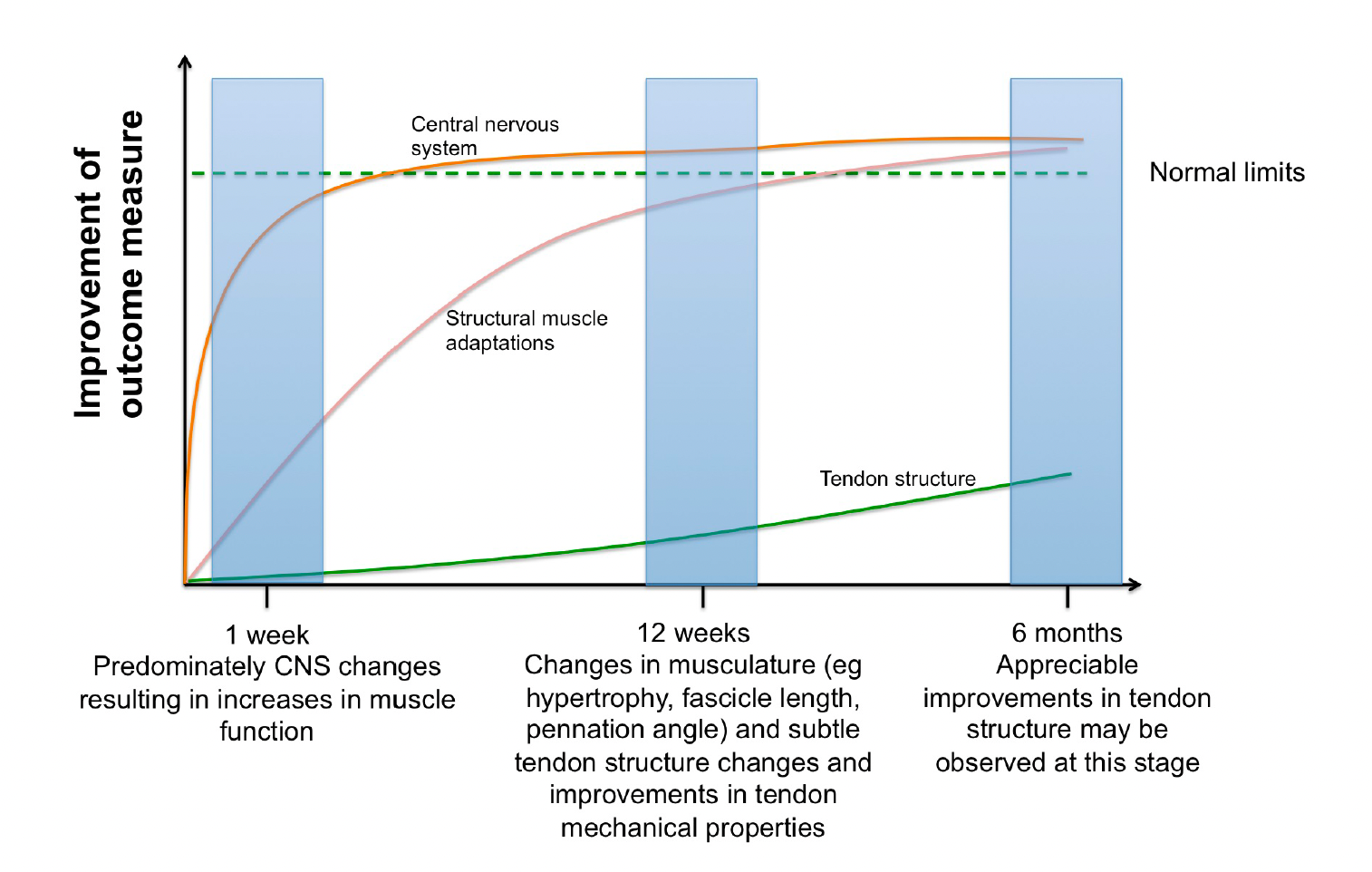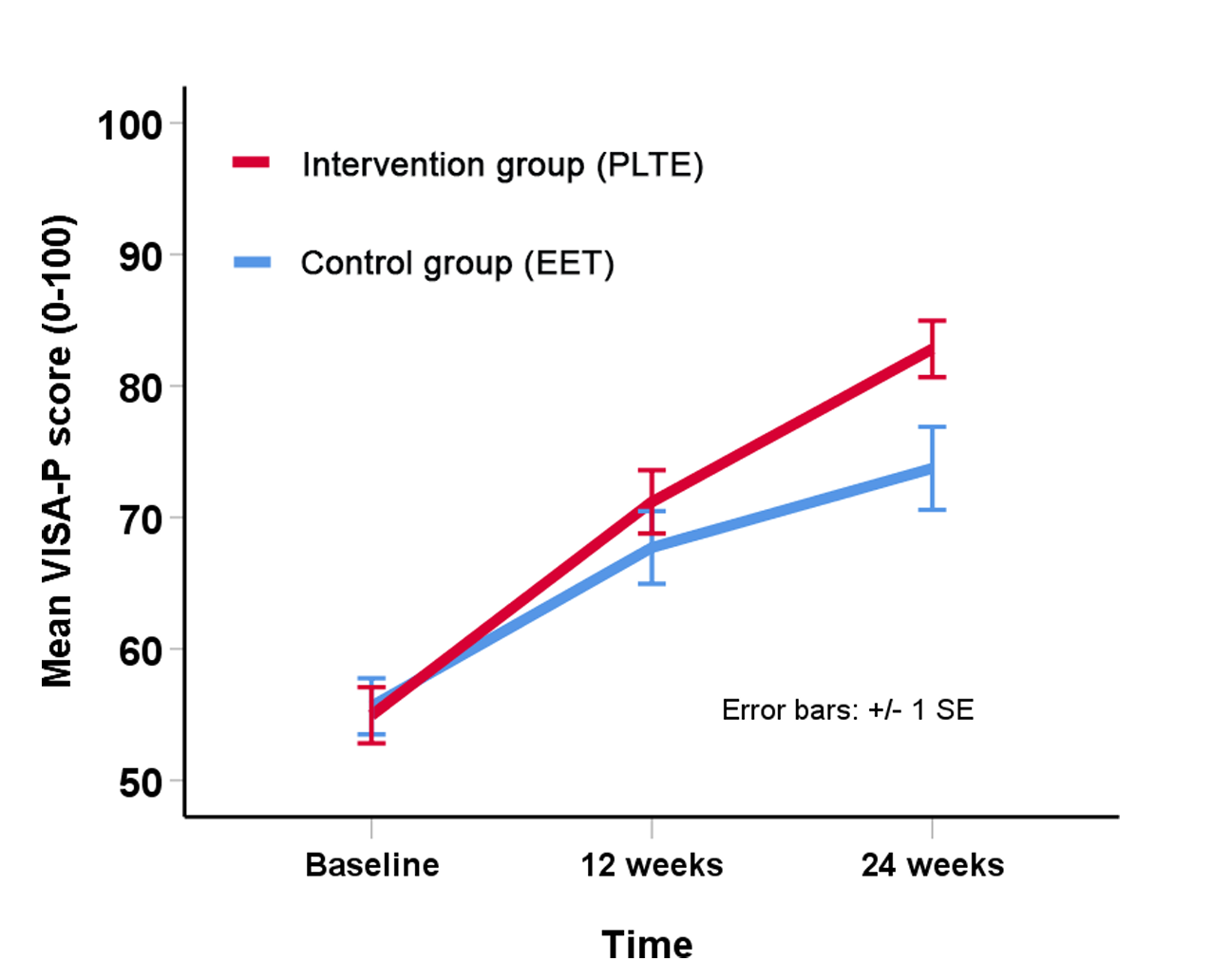Tendon issues are one of the most frustrating problems in sport.
They’re hard to predict, slow to heal, and often misunderstood. As a result, they’re also one of the most mismanaged.
Most training programs focus on building muscle. But if you’re working with athletes, especially in jumping, cutting, or sprinting sports, you need to think about more tendons.
Tendons are often the limiting factor in performance and the first tissue to break down when load tolerance exceeds capacity.
The good news is that tendons adapt. But only if we train them right.
Here are 12 research-backed principles to guide your programming when it comes to tendon health, pain, and performance.
1. Tendons Need Load (Mechanotransduction)
- Ground reaction forces signal for new tendon matrix synthesis in a process called mechanotransuction.
- Mechanical loading is the foundational signal that drives tendon adaptation.
- High-load, high-strain work (like heavy slow resistance) stimulates cellular responses that improve tendon strength and structure.

2. Tendons Need Strain
- Tendon strain (typically 4.5–6.5%) is required to drive adaptation.
- It’s not just about weight or effort, it’s about deformation.
- Train with tendon-specific strain (e.g., heavy slow resistance, isometrics at long lengths) to prevent imbalances and injuries.
3. Tendons Need Time (Stress Relaxation)
- Tendons are viscoelastic, and long-duration holds (30–60 sec isometrics) reduce tension over time (a phenomenon called stress relaxation).
- This has both performance and pain-modulating benefits.

4. Tendon Function and Pain Can Improve Without Structural Changes
- Pain is not always a structural problem, and improvement is not always reflected by imaging.
- Many athletes regain function and reduce pain without visible changes on imaging.
- Focus on what the athlete can do, not just what the scan says.
5. Tendon Structure May Be Related to Future Pain and Injury
- That said, degenerative changes on imaging can predict future pain episodes, even when asymptomatic.
- Studies show that athletes with tendon abnormalities are more likely to suffer time-loss injuries, particularly in sports with high mechanical demand.
- Don’t ignore tendon pathology; it might not matter now, but it could later.
6. Isometric and Isotonic Exercises Can Reduce Pain In-Season
- Both isometric (5x45s at 80% MVC) and isotonic (4x8 at 80% 8RM) leg extensions can reduce patellar tendon pain in jumping athletes over 4 weeks.
- Both modalities were effective in improving pain and VISA-P scores, with no difference between groups.
7. Tendon Structure Changes Take Time
- Unlike muscle, tendon tissue remodels slowly.
- Studies show meaningful structural change takes 12–16+ weeks of progressive, consistent loading.

8. Tendons Respond to Specificity
- Tendon adaptations are highly specific to the type of loading.
- Match your intervention to the goal: structure (heavy and moderate slow resistance), pain (isometrics and isotonics), or elastic function (reactive plyos).
9. Tendons Respond to Rate of Loading
- Fast movements like jumping and sprinting develop performance, but slower tempos are better for early-stage tendon remodeling.
- Progress from slow to fast over time based on tendon response.
10. Tendons Thrive on Consistency More Than Variety
- Muscles love novelty, but tendons love repetition.
- Stick to 2–3 key exercises, dose them weekly, and repeat for months. This isn’t sexy, or flashy for social media, but it works.
11. Tendons Respond to Progressive Loading
- A progressive, stage-based loading model, starting with isometrics and gradually adding isotonic, plyometric, and sport-specific exercises was more effective than a pain-provoking eccentric-only approach.
- The progressive loading group had greater improvements in VISA-P scores, less exercise-related pain, and a higher (though non-significant) rate of return to sport.

12. Tendons Respond Better to Higher Intensity
- Higher intensity resistance exercises, especially those involving external load, produce larger improvements in pain and function than exercises using bodyweight alone.
- Tendon adaptation is stimulus-dependent, and low-load, low-strain approaches may not be enough to create meaningful change.
13. Tendons Benefit from Lower Training Frequency
- Training less than once per day was more effective than daily or multiple daily sessions.
- This may be due to the tendon’s need for adequate recovery time to adapt to mechanical loading and repair microtrauma.
Tendon Training for Health and Performance
If you train athletes, you train tendons.
They’re slow to adapt, sensitive to load, and central to both durability and output.
That makes tendon-first thinking essential for long-term success for athlete health and performance.
Hope this helps,
Ramsey

